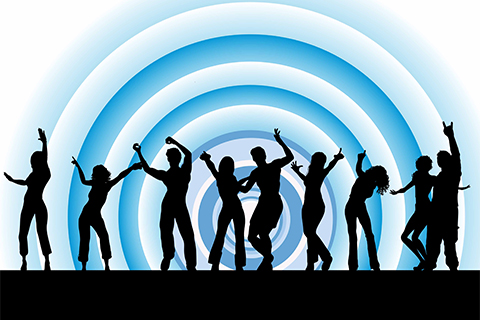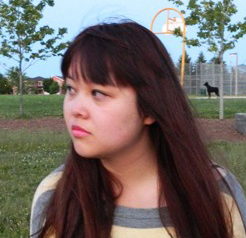The Smashing Pumpkins are counting the ticks in the “doomsday clock.” Duran Duran asks, “What you would do if you knew this was your last day on Earth?” Britney Spears will “keep on dancing till the world ends.” Apocalyptic themes in popular culture are an ongoing trend – from representations of the Rapture to the recent outbreak of zombie stories. Director Roland Emmerich’s 2009 film about doomsday – appropriately titled 2012 – is one of the top 50 highest grossing movies of all time.
“As a creative act, imagining ‘the end’ through popular culture can actually help us deal with the uncertainties of the future,” says Eric Cazdyn, a professor of East Asian studies who writes about how cultures respond to globalization. “That process can be very liberating.” According to Cazdyn, stories of unavoidable termination are important because they paradoxically allow for a fresh start.
In dystopian fiction, on the other hand, alternate scenarios seem impossible. No matter what the heroes try, there are still zombies waiting at every corner for their daily serving of brains, or cannibals salivating for human lasagna. But in an apocalyptic story, the catastrophic ending “signifies the chance for renewal,” says Cazdyn. “That’s why they can be strangely hopeful and beautiful and, in a way, even utopian.”
If the idea of wiping the slate clean is uplifting, then that might explain the popularity of “apocalypse party” music among today’s youth. But if the sky doesn’t actually “fall down” and cause the “end of the world as we know it,” then we might still have a good reason for Jay Sean and Nicki Minaj to happily “party like it’s 2012.”
Recent Posts
U of T’s 197th Birthday Quiz
Test your knowledge of all things U of T in honour of the university’s 197th anniversary on March 15!
Are Cold Plunges Good for You?
Research suggests they are, in three ways
Work Has Changed. So Have the Qualities of Good Leadership
Rapid shifts in everything from technology to employee expectations are pressuring leaders to constantly adapt






